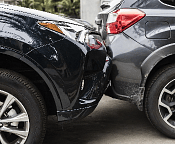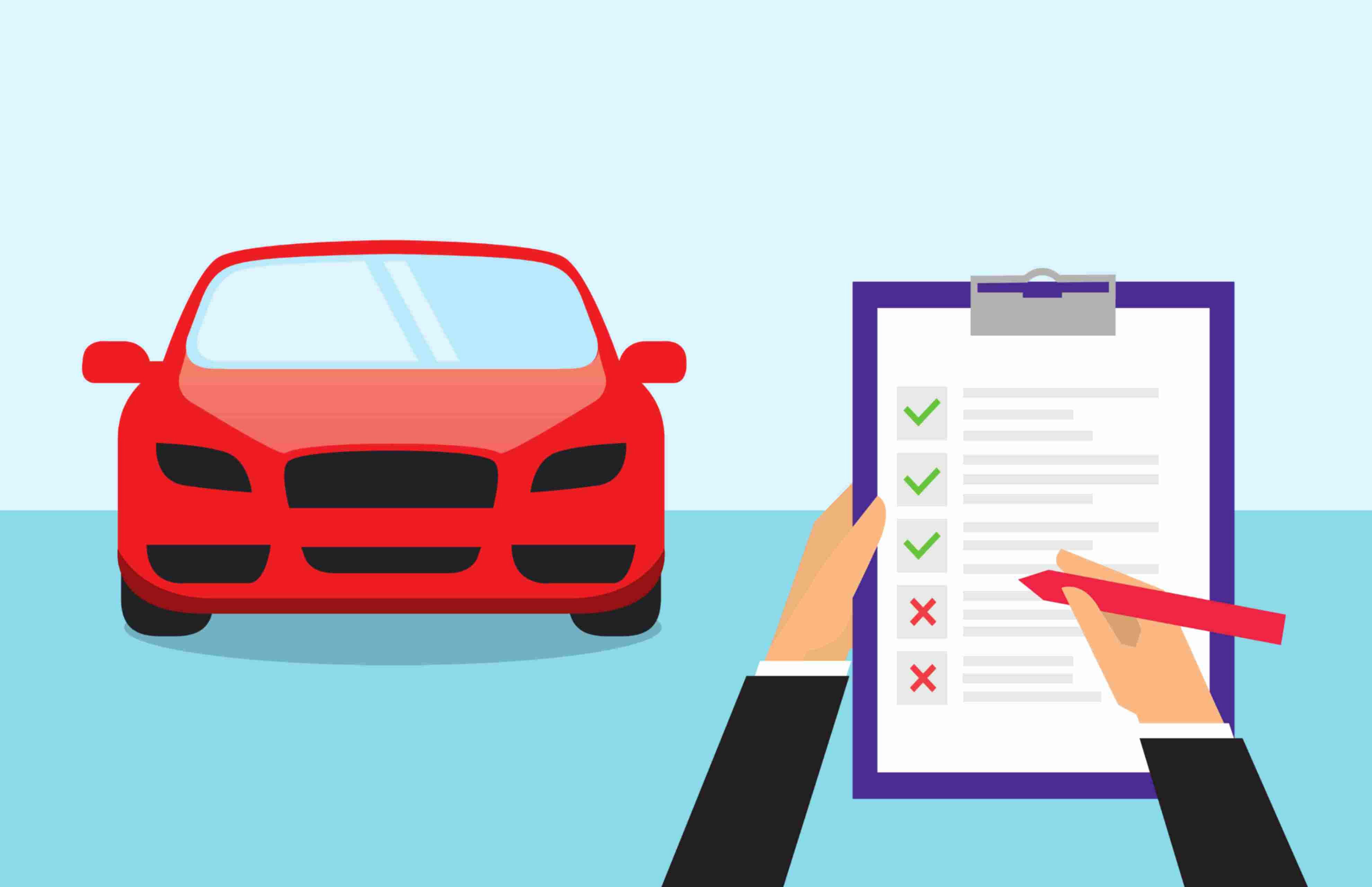Knowledge Hub
Knowledge Hub

How to File a Home Insurance Claim After a Burglary
Home and Leisure
August 08, 2022
Could you afford to replace your expensive TV or jewellery if this was stolen? If you couldn’t, you need to have home insurance from a reliable insurer, like Dialdirect. But first, you need to arm yourself with the right knowledge so you know how to go about claiming insurance during this stressful time. Find out about what type of homeowners insurance cover suits your unique needs and how to file an insurance claim in the event of a burglary or home robbery.
Data reveals that housebreaking is a major SA crime
After a hard day’s work, you come home and fling open the door, hoping to relax on the couch. You walk to the sitting room; only to be shocked to see that your expensive TV is missing. You check around and realise that you’ve been robbed! It becomes clear that there has been a burglary in your home. After checking your home, you discover several other expensive items missing from your home. You call the police to report a robbery, but what happens next?
It can be both confusing and traumatising when you experience a burglary. Housebreaking or burglary is, unfortunately, among the most common crimes that affect South Africa’s households.
According to Statistics South Africa (Stats SA)[1] the number of households that suffered housebreaking (burglary while the occupants are away from home) and home robbery (burglary while the occupants are at home) jumped to 2.3 million in 2019/2020, an increase of 9.52% compared to 2015/2016. An estimated 1.2 million of those households experienced housebreaking or burglary, the equivalent of 891,000 homes or 5.3% of total households in South Africa.
Home robberies affected 139,000 households in 2019/2020. A little over half reported the robberies to the police. There’s no doubt (based on the data above) that crime is a real threat in South Africa. It’s not only disheartening to lose your valuable assets in your home – a place that’s supposed to be a sanctuary – but it’s also potentially a financial burden.
That’s why a home insurance policy is a sensible and logical thing to do.
There are different types of home insurance available. Take a look and decide which of these best suits your circumstances.
Does home insurance cover burglary and theft?
Yes, home insurance will cover you for burglary and theft. However, it must be noted that homeowner's insurance can be broken down into buildings insurance, home contents insurance and portable possessions insurance. Not all of these will cover robbery or theft. To understand how these types of home insurance work and how they complement one another, take a closer look:
-
Buildings insurance: Home insurance sounds as if it covers every hazard you may experience. The reality is that it is limited to cover specifically for the structure of your home. Building insurance specifically covers the building structure of your house against damage or loss due to fire, theft or natural events like earthquakes or floods.
Buildings insurance won’t cover the loss or damage of a household item, such as a TV, stolen from your home. Simply put, it covers the building structure but not what’s inside it. This is where home contents insurance comes in.
-
Home contents insurance: It covers the contents of your home, such as the fridge, TV, furniture, electrical appliances and clothing, against loss or damage from fire, natural disasters, burglary or theft. Immovable items such as carpets or fixed kitchen units are usually not covered by home contents insurance. It’s vital to remember that home contents insurance doesn’t cover you in the case of theft outside your house. That’s why it’s essential to have both home contents insurance and portable possessions insurance.
-
Portable possessions insurance: It covers personal items you can have in your possession inside or outside your home, such as handbags, jewellery, notebooks, computers, cell phones or clothing. Portable possessions insurance consists of two types of cover: specified valuables and non-specified valuables. In a specified valuables policy, you insure individual items against theft, accidental damage or loss up to a value stated in your policy. A non-specified valuables policy covers general assets up to a given amount.
Insurers limit what they pay for items stolen during a robbery or burglary. In many cases, you will insure your items for their replacement value. An unspecified high-value item might be insured for a limited amount. It’s crucial to read your policy and understand the levels of cover you have, as well as the premium and excess you will pay.
Filing a claim after a burglary - first steps
Consider this scenario: a burglar has broken into your home and robbed you of your possessions. What are the first steps that you should take? Before you do anything, ensure that everyone in the house is safe. Then, you can do the following in the order presented:
-
Report the crime to the police: Your insurer will need proof that you’ve been a victim of a burglary when you file a claim. When you report the crime to the police, you will receive a reference or case number to use when you file a claim with your insurer. To help the police in making an arrest, don’t touch anything that appears to have been tampered with. Police might want to take fingerprints or footprints for their forensic investigation. Inform the police about anything that’s missing, including debit cards, ID cards and credit cards.
-
Take photos or video footage to keep as evidence: When you file a claim with your insurer, you may be required to provide as much evidence of burglary as possible. This will enable the insurer to process your claim faster. Photos or videos of damages could be invaluable to your insurer for this purpose.
-
Get emergency repairs done: Once the police have gathered information, contact the relevant contractor to make emergency repairs. For example, the burglar may have damaged doors, locks or windows, which would be unsafe to leave in this state. Ensure that you keep records of any expenses related to the emergency repairs safe to enable you to claim later.
-
File a claim with your insurer: Most insurers have multiple ways you can file a claim. Dialdirect allows you to file by making a call or directly on their website. Try to file your claim within 24 of the burglary and after receiving a case number from the police. Always be careful that you complete all the forms the insurer asks you to fill in and ensure you get a reference number from them.
-
Allow time for the insurer to process your claim: A good insurer will update you on the progress of your claim. Sometimes the insurer will bring a loss adjuster to investigate an insurance claim. A loss adjuster will also confirm that a peril (burglary) has occurred. All these activities may take time.
What information will your insurer need to file a claim?
When you file a claim with your insurer for robbery or burglary, you’ll be expected to provide certain details, including:
-
Personal information such as your name, ID number and residential address
-
Police case or reference number
-
Policy details
-
An alarm report – if an alarm is a requirement of your policy
-
A list of the items that were stolen and their estimated value. This requirement is the perfect reason why it’s essential to keep an up-to-date home inventory. Many employers know the value of something called an asset register, which can be very valuable in the event that they have to make insurance claims. You should think the same way and keep an inventory of items in your home. Most importantly, you should keep the list up to date by reviewing it regularly, such as quarterly or semi-annually.
Further information that could be useful about stolen items includes invoices, user manuals, product boxes and photos.
Few homeowners ever think about taking photos of the interior of their homes. You can see how such information could be very useful if you become a victim of a home robbery or burglary. With modern technology, you can take clear photos of your home and store them in the cloud (for example in Dropbox, OneDrive or Google Drive). You can do the same with every item you purchase.
For example, once you have bought a laptop, you could scan the invoice, take a photo of the laptop and store that information in the cloud. In the case of a burglary, you could access that information from any device that has access to the Internet.
All the information you store in the cloud about each item should include the following (where applicable):
-
Where and when you purchased the item: the invoice will have these details.
-
Brand, make, model
-
Serial numbers for electronic devices, like cell phones, laptops and televisions
-
Credit card receipts or bank statements
Stay safe with household insurance cover from Dialdirect
It could be very expensive to replace valuable items due to a burglary. You can protect yourself with Dialdirect by getting a quick and obligation-free home insurance quote online.
Sources:
[1] Stats SA: Housebreaking still number one crime in SA
BusinessTech: Crime in South Africa - what the official statistics don’t tell you
Disclaimer: Dialdirect Insurance is a licensed non-life insurer and financial services provider. Terms and Conditions online.

We have great insurance products
Need car, home & Life Insurance? We offer a wide range of insurance products. Switch & get cash back on insurance premiums.






















